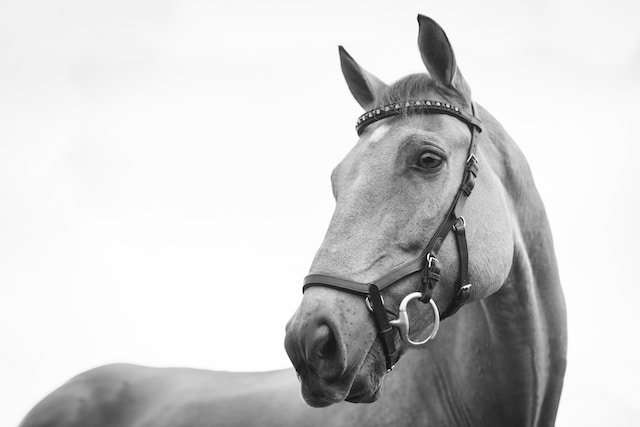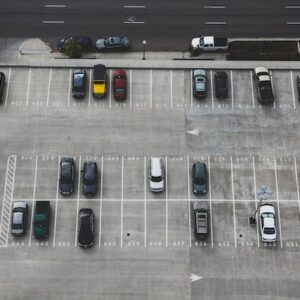A typical horse stall has one stall front (distinguished by the provision of a door) and three stall side panels without doors. However, this configuration may vary if a door between stalls or a door to the outside is provided.
Choosing a durable stall floor that absorbs some of the impacts of a 1,000-pound occupant and is nonslip can reduce injuries. However, stalls also need fresh air and lighting.
Hooks
Whether you run an equestrian facility that offers competition jumps or your ring, you need good equipment to keep the jumping area clean and safe. A horse pole caddy is a simple yet effective way to store and organize your jump poles while not in use.
The wall caddy is designed to hold six horse jump poles simultaneously and has hooks for easy removal and storage. They are also portable and may be easily moved throughout the site.
Stalls should have a ceiling height of at least 8 feet to allow for proper air circulation and prevent the chance of a horse striking its head. Glass windows are also a good option.
Feed and water buckets should be fastened to the wall rather than on the floor to minimize the chance of a horse dropping grain as they chew its feed. In addition, the bucket’s rim should be positioned just above a horse’s chest height at nose level, so it’s lower than the top end of the bucket and less likely to cause injury.
Durability
Wall caddies are designed to be durable and reliable accessories for horse facilities. They can be mounted on any fence line or arena wall to save time, effort, and potential injury. They are also easy to clean and can quickly move from one location to another.
Floors in a horse facility must withstand years of heavy use by horses and people while maintaining a safe and comfortable environment. A floor made of concrete, asphalt, or a combination of the two is a safe bet. A floor with a well-constructed channel and enhanced drainage system is also necessary for any serious, stable owner. The best floors in the barn should be a blend of materials that are functional, aesthetically pleasing, and easy to maintain. The right flooring can increase a facility’s life span while improving the health and safety of your horses. The correct materials will help you achieve the long-term success you deserve.
Easy to install
Having the right cleaning supplies for everyday use in your stable area can save time, energy, and effort. These multi-compartment wall caddies are perfect for storing the most common cleaning items, such as sanitizing spray bottles, sponges, and nail files.
These handy caddies also keep your poles organized and off the ground. Having them ready to go when needed can save you from hauling them across your arena or fence line all day.
Concrete is an excellent material for equestrian facilities because it is durable, easy to clean, and helps prevent slips. However, it can be hard on horses’ feet and legs. Pavement, on the other hand, offers little traction for horseshoes and is usually smooth, making it uncomfortable for horses to ride, unload or tie up in trailers.
Portable
Wall caddies are a time saver and can be used for everything from horse halters to training aids. They’re easy to transport and attach to any fence line or arena wall, so you won’t have to worry about them getting in the way.
They’re also the best way to store and transport your equestrian equipment, and they can keep your gear out of the weather while you ride. The right caddy can help you save time, energy, and money while saving you the headache of rummaging through a garage or storage shed for your tack and tools. The biggest challenge is deciding which caddy is suitable for you. First, consider the size and weight of your tack.





